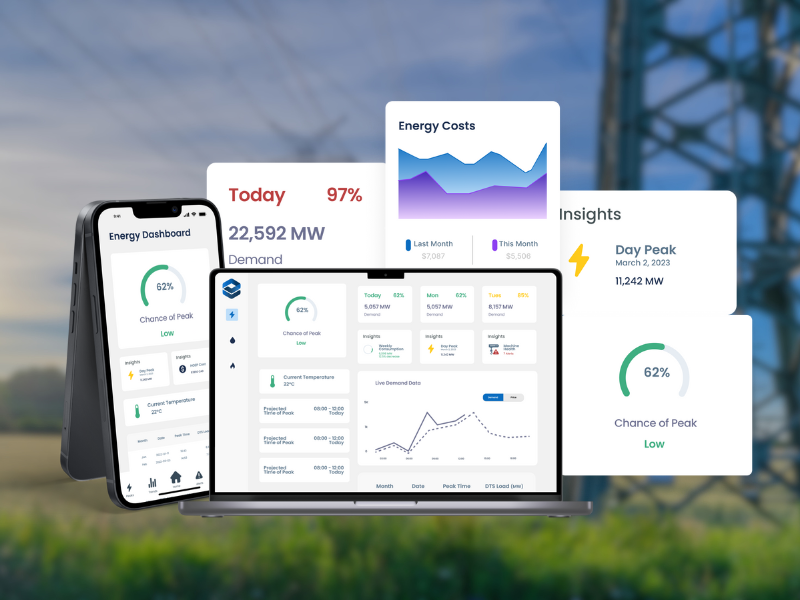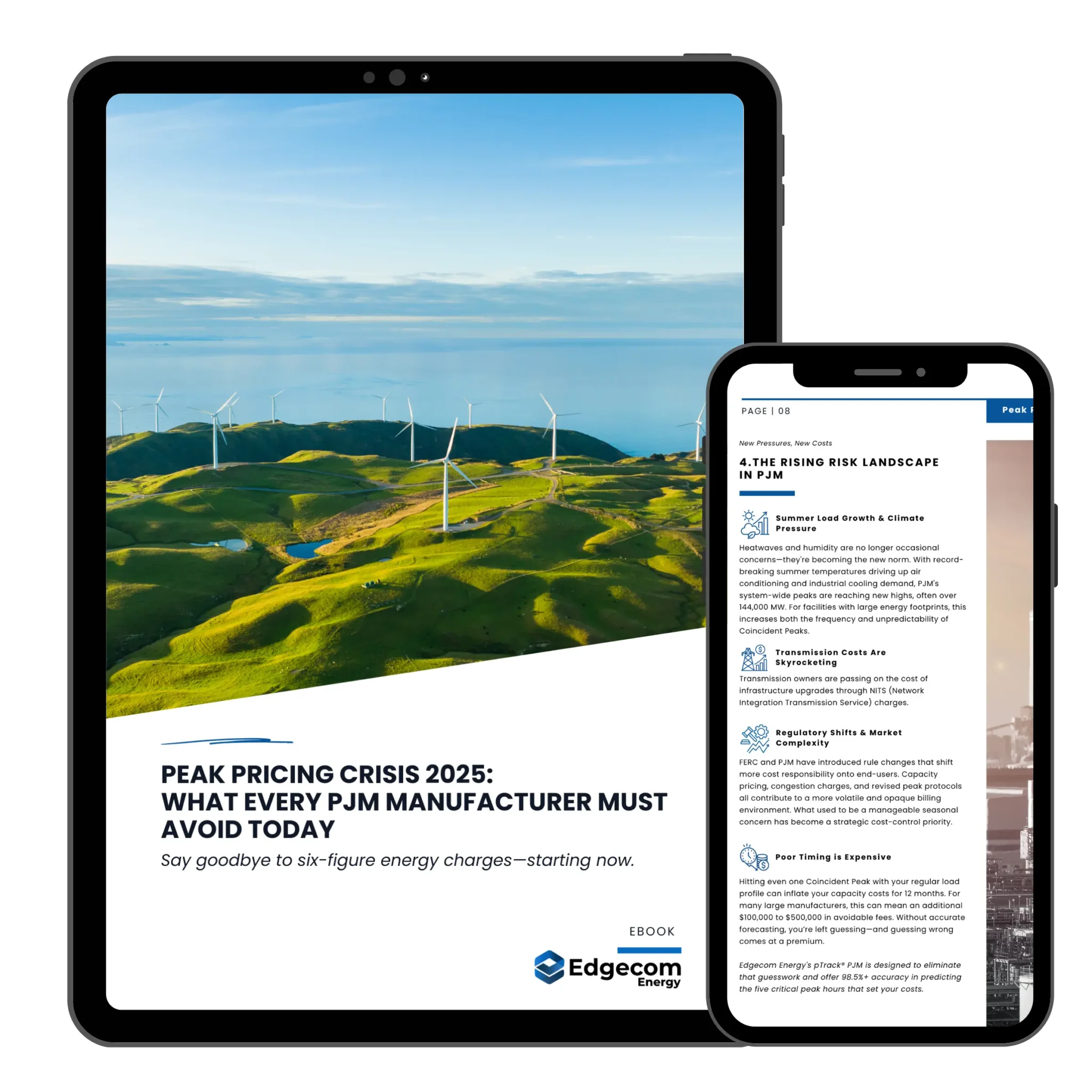In the ever-changing world of energy consumption, Class A consumers in the Province of Ontario are burdened with one persisting challenge: making more accurate peak hour predictions to optimize their electricity use. The IESO Peak Tracker has been a tool Class A consumers have come to trust; however, its limitations are such that consumers are tasked to explore other options in their quest to make more precise predictions and save far more on their costs.
Challenges for Class A Consumers
Class A consumers, who generally use more electricity, have always relied on the IESO Peak Tracker in hopes of understanding when peaks are likely to occur. However, recent experiences have proven this task daunting because one has to forecast the peaks with absolute certainty. It has become difficult to do using the traditional approaches due to constantly fluctuating market conditions, unexpected events, and shifting energy patterns.
The Need for Accurate Predictions
Exact peak hours’ prediction directly affects the cost of electricity and, therefore, is very important to Class A consumers. It leads to higher consumptions during peak hours, which consequently attracts costly penalties on their Global Adjustment costs. Consumers are looking for other options that can be more efficient in the prediction capability to address this challenge.
Leveraging AI Peak Prediction Software
Artificial Intelligence has been a real game-changer in energy management. AI-powered peak prediction software offers huge analyses of vast data, including historical consumption patterns, prevailing weather conditions, and market trends. Using machine learning algorithms, these tools offer more accurate predictions during peak hours that enable Class A consumers to make needed adjustments in their energy use.
Results in Fewer Overall Curtailments
One of the major benefits of implementing AI peak prediction software is a reduction in total curtailments. Because of better forecasting, consumers can plan the exact time reduction of their energy consumption and not let it affect their operations in any way. This results in improved efficiency, cost savings, and a positive impact on sustainability.
Leveraging Hardware for Peak Efficiency
Besides software solutions, Class A consumers also seek hardware solutions to peak energy optimization. Businesses can store excess energy during non-peak hours by using batteries and co-generation units and releasing it at the time of peak demand and costs. This reduces the demand on the grid at peak times through the use of this hardware solution and helps contribute to a more resilient and sustainable energy infrastructure.
Class A consumers are turning to innovative solutions for precise peak hour predictions, such as Edgecom Energy’s pTrack® software, which is powered by AI. pTrack® uses cutting-edge artificial intelligence algorithms, and stands out as a dependable and intelligent solution. pTrack® estimates peak hours with unprecedented precision by assessing past energy consumption trends and real-time market conditions, as well as external factors such as weather forecasts. Edgecom Energy’s commitment to innovation means that Class A customers are able to use of cutting-edge technologies, resulting in better informed decisions and optimal energy usage strategies. The pTrack® program not only tackles the shortcomings of standard IESO Peak Tracker, but also enables businesses to regulate their energy consumption proactively, resulting in significant cost savings and improved overall operational efficiency.

